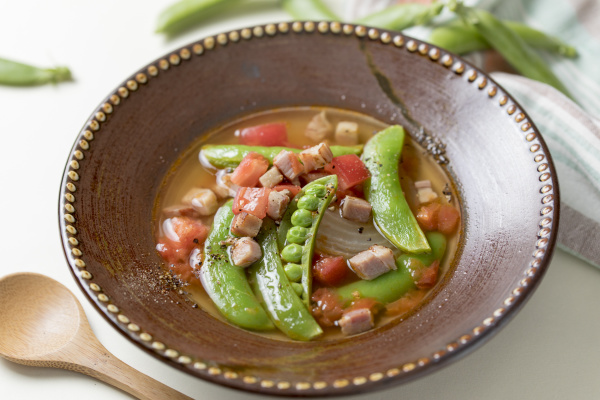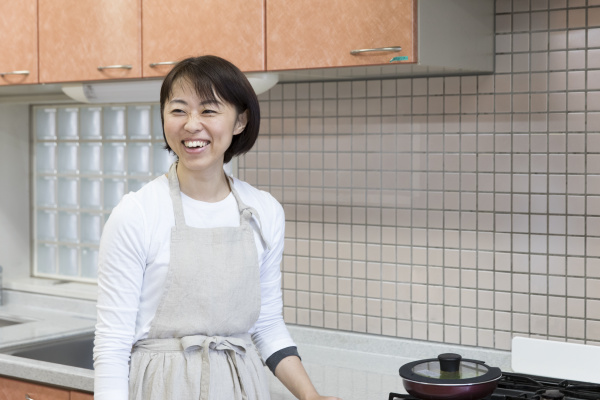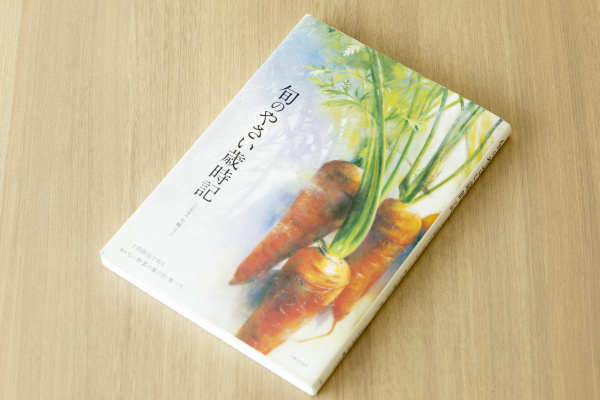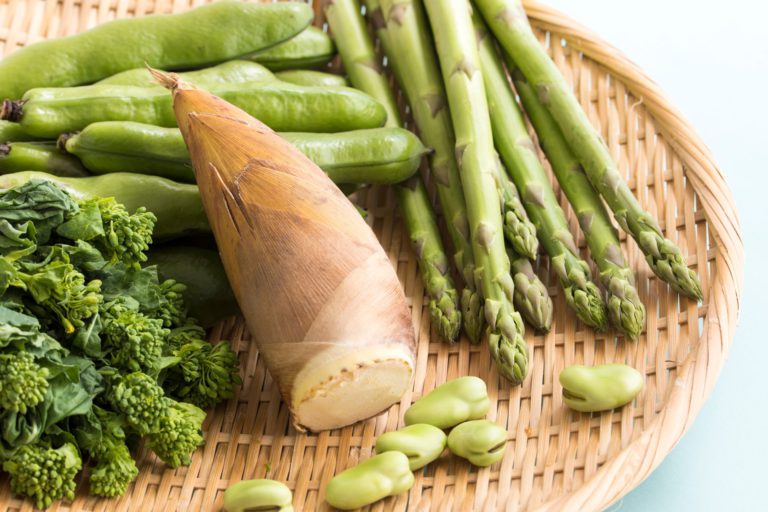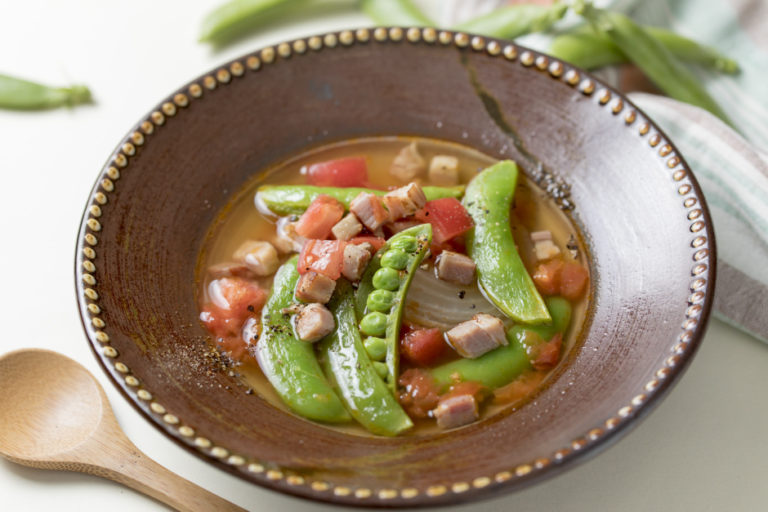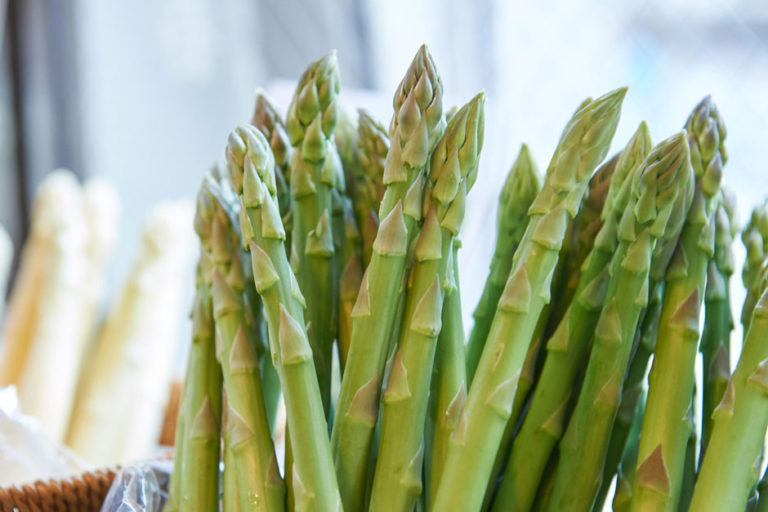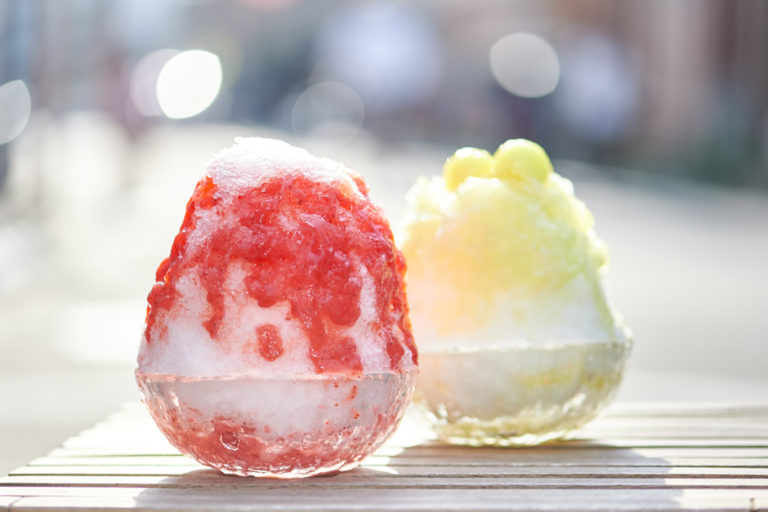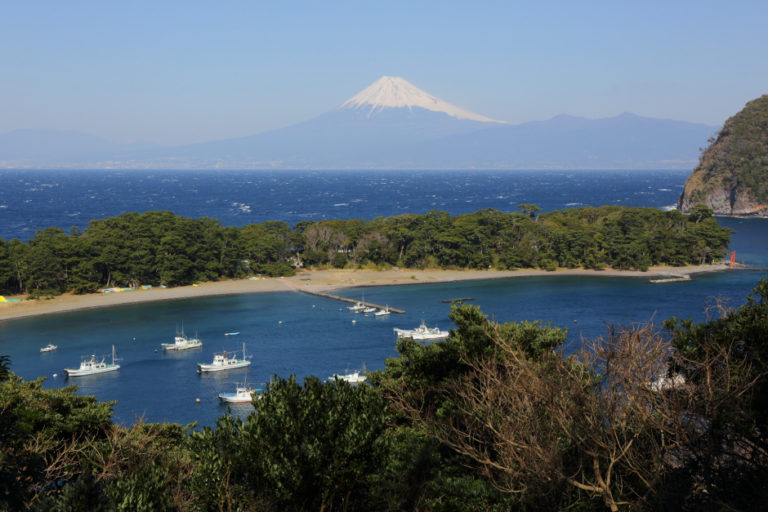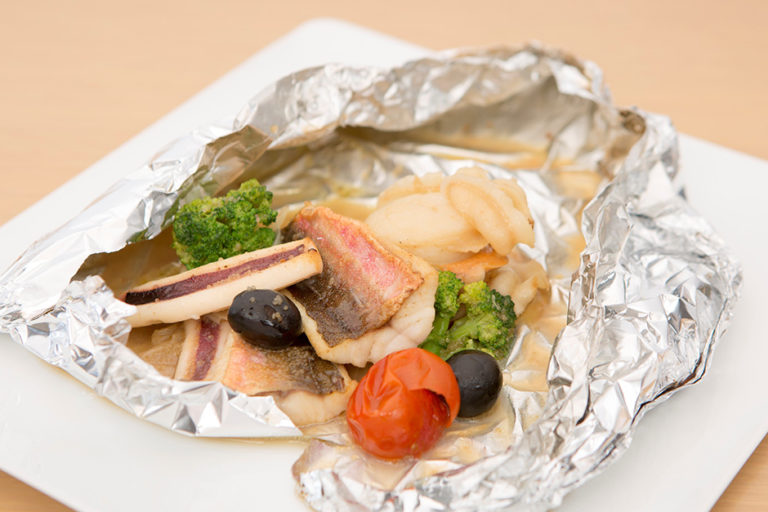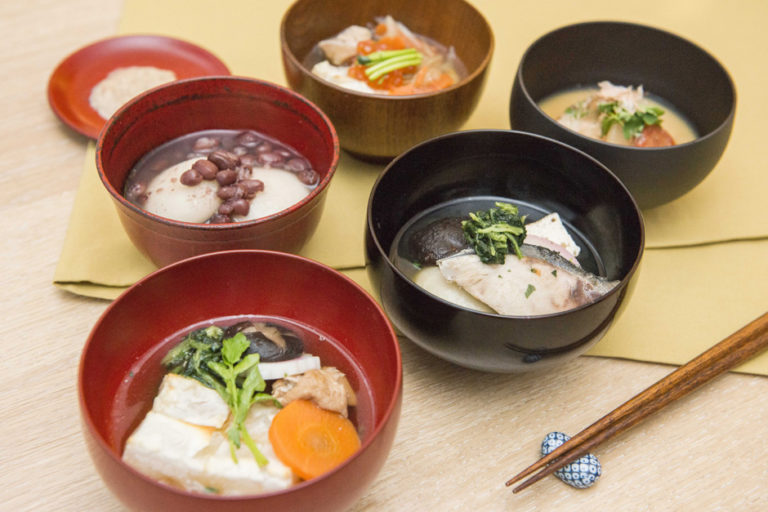“The Vegetable of Spring, Peas”
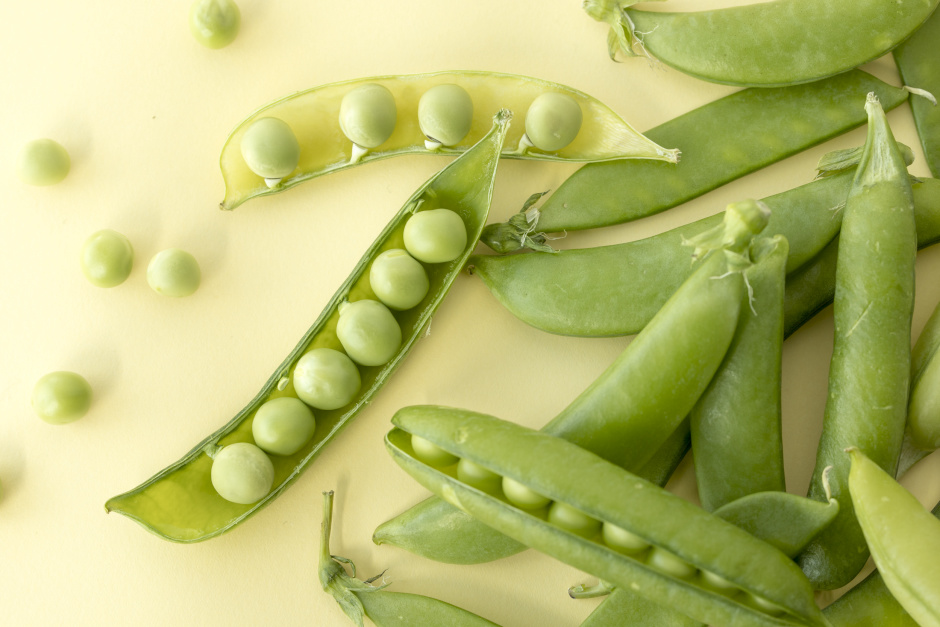
A diverse lineup of peas available according to its growth stage
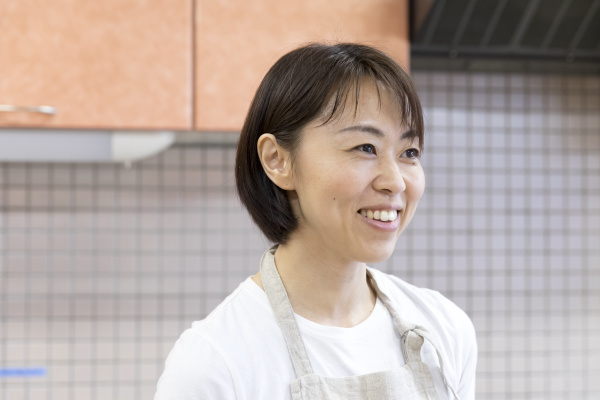
There is a wide variety to what we call beans. According to the U.N. Food and Agriculture Organization, beans are legumes that are harvested as dried grains. Soft peas and pods that are consumed without drying are vegetables, and those that are harvested for oils and seeds are placed in another category.
For this article, we asked Ayako Yajima about vegetable pea types and how to select good peas. Yajima is the founder of Grocer Suika (Kagurazaka, Tokyo/closed in 2019), and currently organizes events related to vegetables and food while raising her children.
“Of the legume family, peas can be consumed in the most diverse ways according to their stage of growth, which sets them apart from other legumes,” says Yajima.
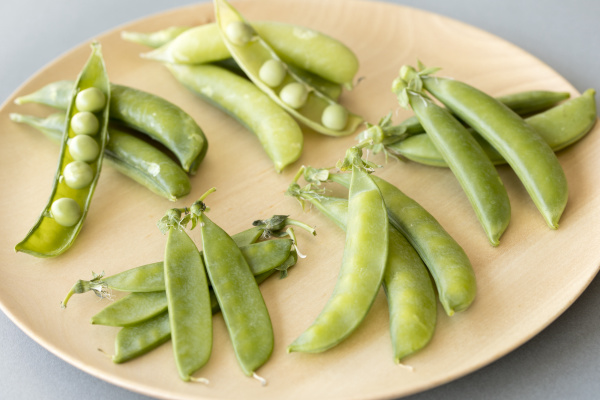
Pea sprouts are eaten for their fresh sprouts, snow peas for their soft and young pods, snap garden peas allow us to enjoy the texture of both the peas and pods, and we only consume the young peas for green peas. In this way, the growth stage of peas offers diverse ways to consume them.
“Peas originated in the Middle East and spread throughout the world, and it is said that the earliest peas reached Japan around the ninth or tenth century. Although there are areas where peas are a major produce, they are grown all over Japan. As Japan is an island nation running South to North, agricultural areas gradually delay harvesting times going North, to enjoy in-season peas for longer periods of time,” says Yajima.
The appeal of podded peas and green peas
As a vegetable, peas can be roughly divided into two categories. One is podded peas, of which peas are eaten in their pods, and the other is green peas, in which only the peas are eaten. We asked Yajima about the appeal of major pea types, storage methods and how to select good peas.
When eating podded peas, the entire pod is consumed.
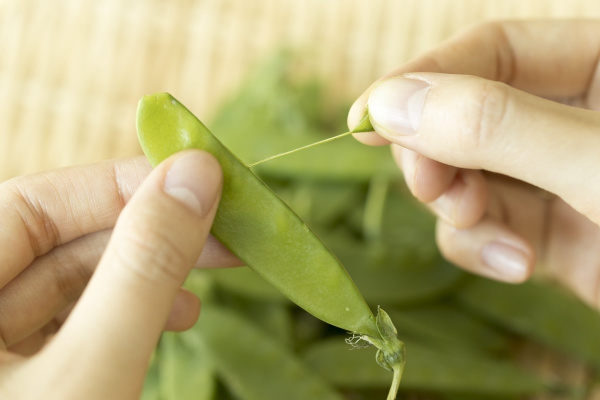
Peak Season
April to early June
Tips
・Peas with an overall light yellow-green color
・Peas with pods that have no damage and have an even width
・Peas with a fresh-looking stems
How to remove the string
Break the small hook at the end of the pod backwards, and pull the string towards the stem. Continue pulling the string to the stem and break the stem to pull the string on the other side of the pod.
How to boil podded peas
・After removing the string, set the peas in water that is boiling and bubbly. Boil and drain into a colander.
・Boiling times are approximately two minutes for snow peas and sugar snap peas, and three minutes for snap garden peas.
・Shorten the boiling time for a crunchier texture, and boil longer for a sweeter taste.
Storage methods
・When raw, wash and thoroughly dry before refrigerating in a plastic bag.
・Eat peas within a few days of purchase, as freshness is very important.
Major production areas
Kagoshima Prefecture
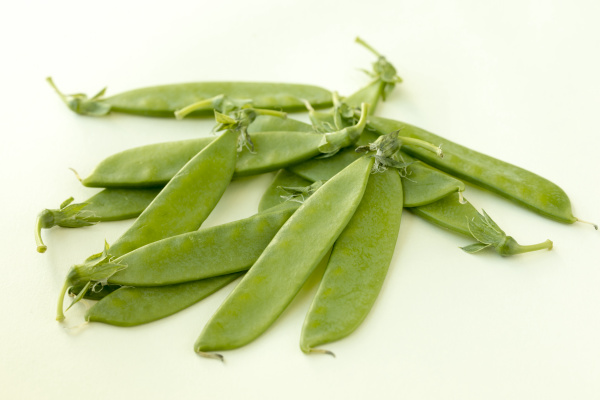
Snow Peas
“The soft pods before peas are formed are eaten. Snow peas feature a spring-like, fresh scent and a crisp texture. They are often used to add color to Japanese dishes, so they are grown in heated environments, allowing consumers to purchase them all year round. However, I recommend trying some outdoor-grown snow peas in May, stir-fried with bacon. They will have a richer flavor, and I believe you will be surprised how delicious they are!”
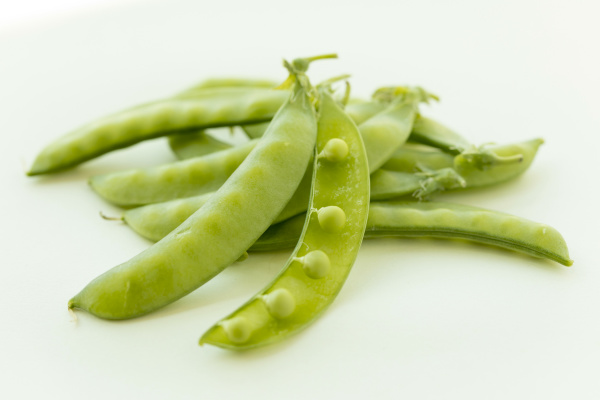
Sugar Snap Peas
“These peas offer the texture of its thin pod and the sweetness of its small peas. They are popular as they are sweeter than snow peas and have a thinner pod than snap garden peas, allowing us to enjoy the texture of the peas as well, but they are available only in small quantities, making them hard to find. Just boiling and sprinkling salt will create a delicious dish.”
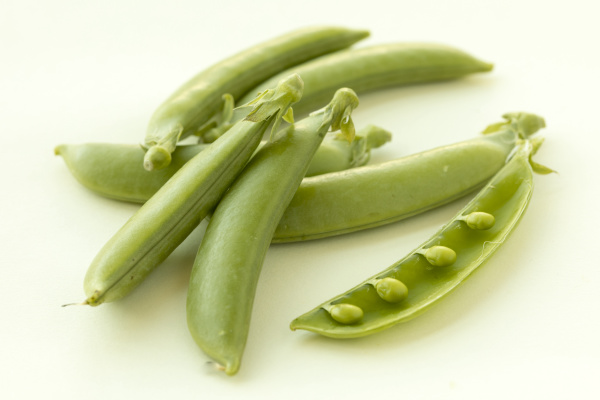
Snap Garden Peas
“These peas have the texture of their thick pod and the sweetness of small peas. They are very sweet, making them a popular vegetable among both children and adults. The peas are small in the beginning of the season, but as time progresses, they grow larger and allow us to enjoy the textures of both the pod and peas. I recommend making meat rolls with snap garden peas and carrots.”
Only the peas are eaten for green peas
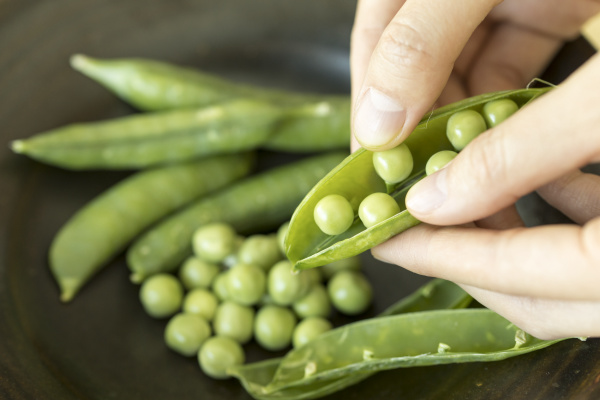
Peak Season
End of March to May
Tips
・Peas that are firm, plump and in a light green-colored pod
・Peas with smooth pods grown in an even width
・Peas with stems that are perky, fresh and not discolored
How to boil podded peas
・Boil for a few minutes in hot water on low heat so that the surface only slightly ripples.
・Try tasting or crushing the peas with your fingers to check the firmness according to your preference and use.
・Drain in a colander and allow the peas to sit until cooled.
・Slightly sprinkling the peas with salt when still warm will bring out their sweetness.
・Add cold water gradually to hot water and slowly bring down the temperature if you do not want to have wrinkles in your green peas.
Storage methods
・Purchase green peas in their pods as much as possible, and wrap the peas in their pods in a damp newspaper before putting them into a plastic bag to be refrigerated.
・Eat peas within a few days of purchase, as freshness is very important.
・Boiling with salt and leaving a slight firmness will enable the peas to be frozen.
Major production areas
Wakayama Prefecture, Kagoshima Prefecture
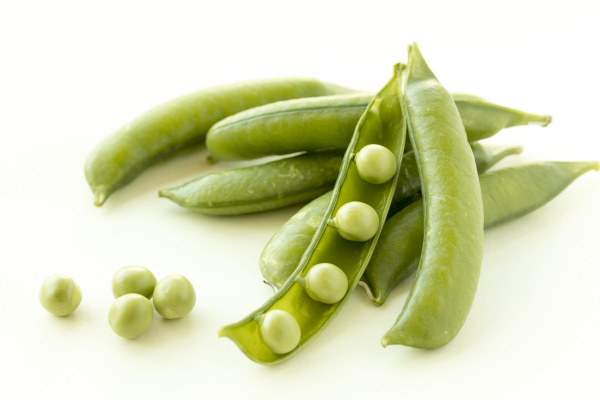
Green Peas
“The peas we eat are non-matured, young peas. Some people dislike frozen green peas, but I strongly recommend trying some fresh green peas. In-season green peas are sweet with a texture that goes “pop” in the mouth, and its soft freshness is extremely tasty. These peas are perfect for stir-fry dishes, soups and potages.”
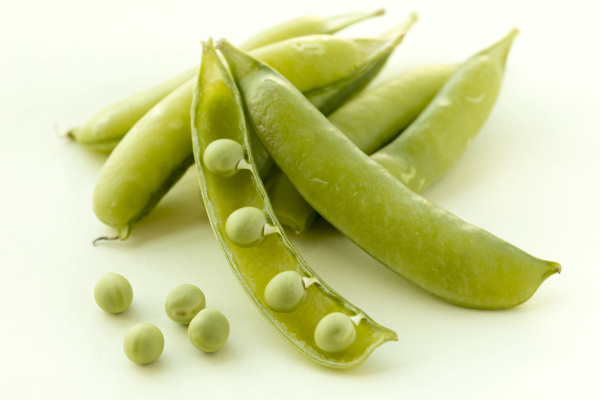
Kishu Usui
“This is a refined type of green pea that is grown in Wakayama Prefecture. Mame gohan (rice cooked with peas) in the Kansai region usually describes rice cooked with this Kishu Usui (Usui green peas).”
Enjoying in-season peas
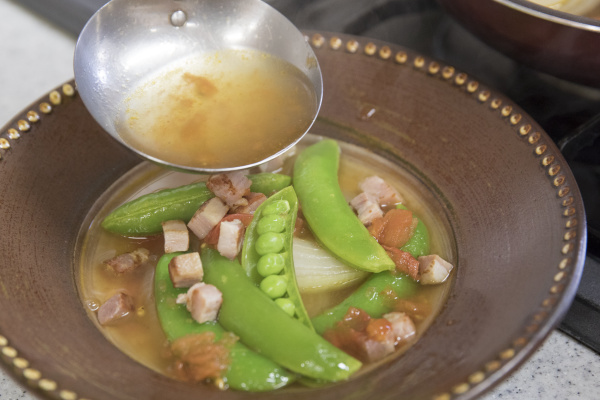
The best dish for each type of pea differs greatly because of the many different textures and flavors according to the type. Yajima says that the Kishu Usui is perfect for making the staple mame gohan. Instead of just removing the peas from their pods and cooking with rice, she recommends simmering the pods to create a soup stock and cooking the rice with this stock to create a pleasantly fragrant and delicious mame gohan.
For this article, she gave us a recipe for onion soup, that will allow us to enjoy snap garden peas even more.
Although not mentioned in this article, red peas and green peas used for anmitsu sweets and green pea paste, are peas in the dried grain beans category. Peas are an interesting plant, which offers many ways for us to enjoy them, from sprouts to young peas and ripe peas as well.
Let’s explore new possibilities through food showcasing their diverse characteristics.

